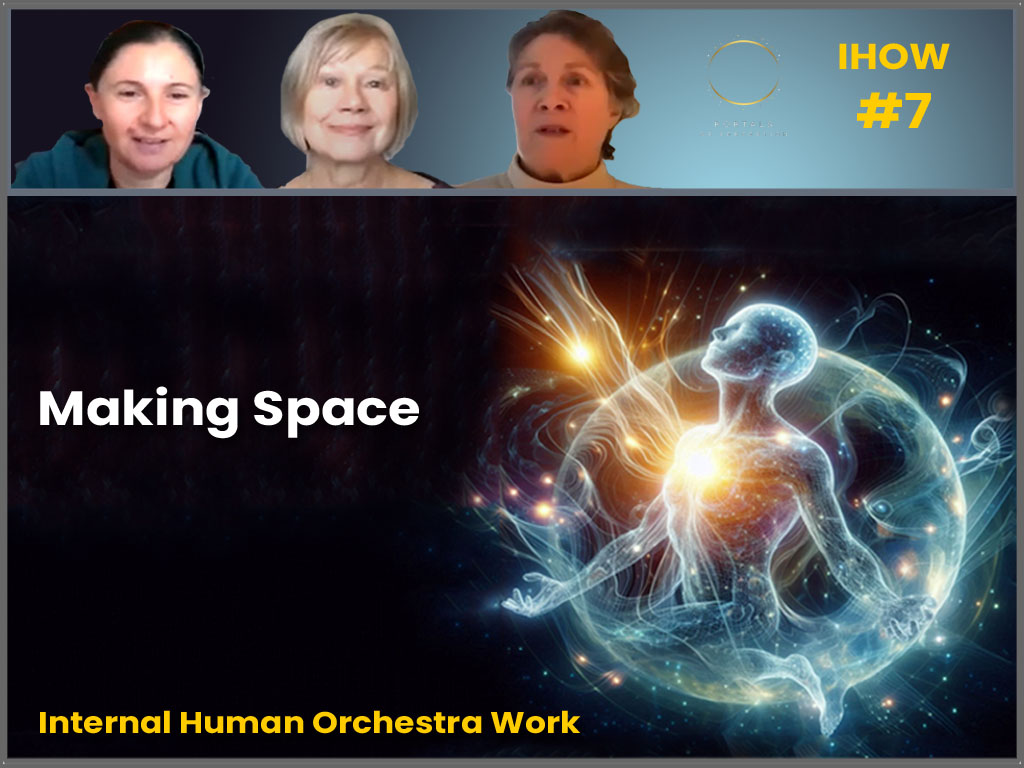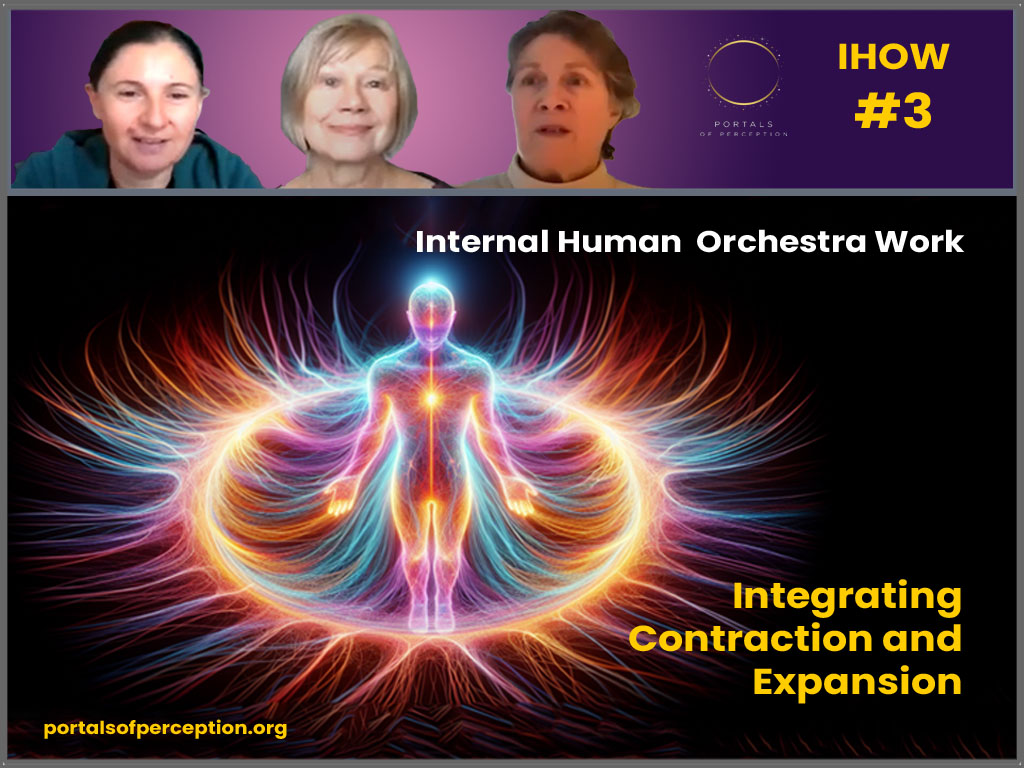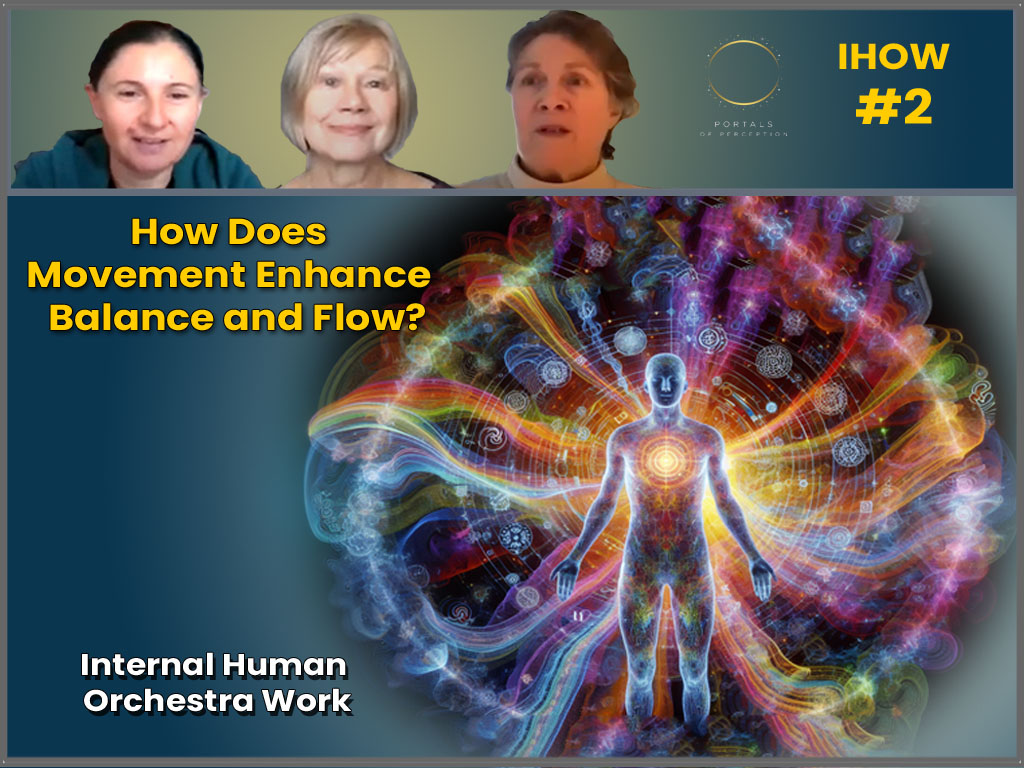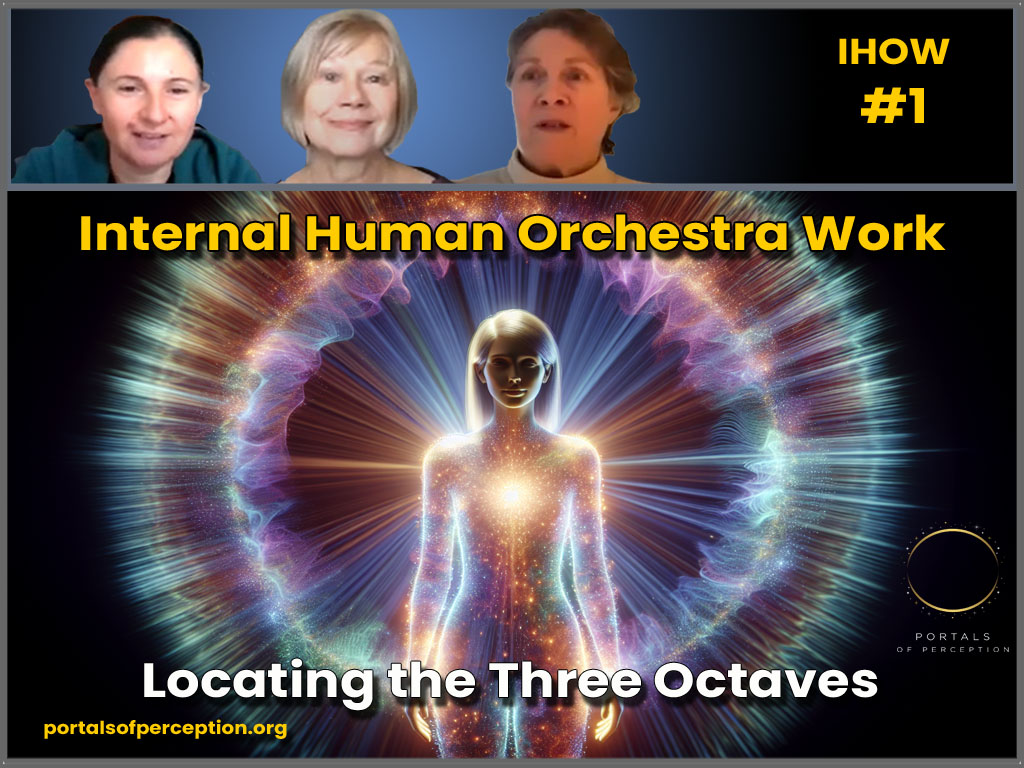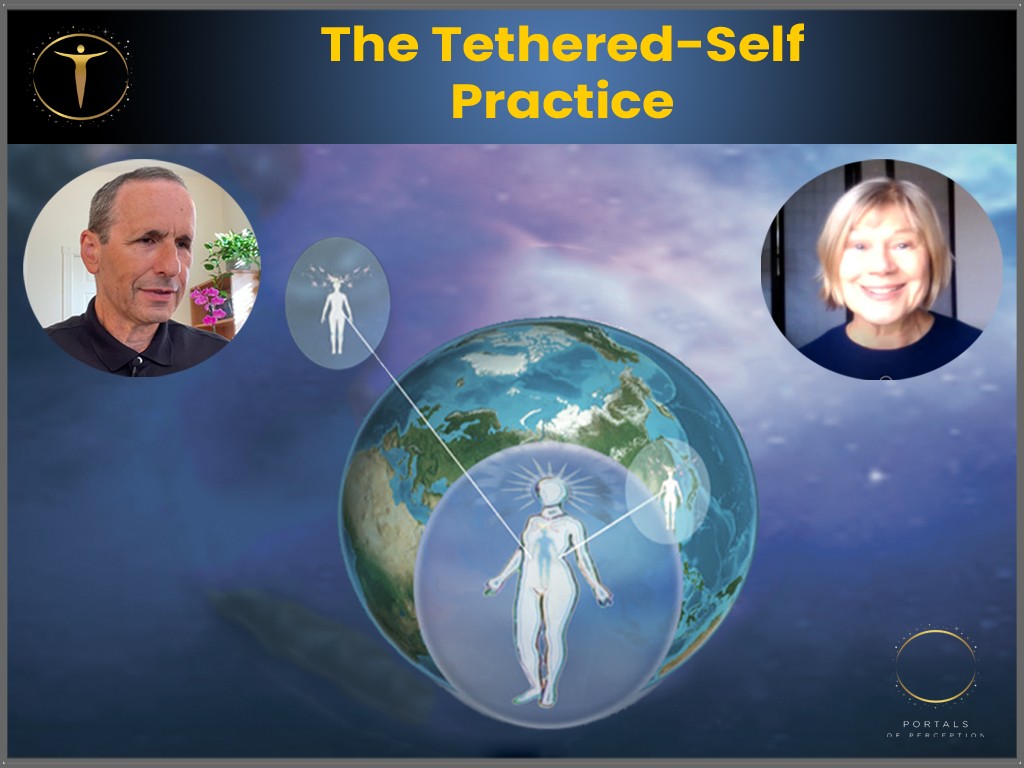In my book Create New Futures, I reflected on four levels of listening. Here I am introducing a fifth dimension, and describing how you can engage its transformative power.
I first discovered the levels of listening in my coaching and consulting work, which was concurrent with my personal development work. My earlier fascination with learning processes emerged when I was trained as a fighter pilot in the Israeli Air Force. There are two kinds of pilots: the naturals, or what I called the “gut” pilots, and the “head” pilots for whom the sense of flight is not natural or intuitive.
The fact that I was not a natural pilot became obvious quickly. While I did not know if I could become a head pilot, I knew that to succeed, I had to find a different path. What did become natural and worked for me was improving by learning: although I started the training at the bottom of my class, by the time we graduated, I was second in my class.

What enabled this performance was my fascination with the learning process. I became obsessed with discovering why some people learn quickly and others don’t, and what I could do to accelerate my learning.
This early fascination and the insights that found me, such as the four memories, stimulated my study of adult learning and its application to both individual and group learning processes. These inquiries shaped how I developed the art of choreographing transformational experiences. The levels of listening and their practices emerged in this crucible as I created and facilitated experiences for executive teams who aspired to deliver breakthrough results by developing radically higher levels of performance.
To put listening level 5 into context, let’s reflect on listening levels one through four:
At listening level one (L1), you pay little attention to the words you hear in a given conversation in which you are a participant. Rather than listening deeply, you are merely in the peripheral hearing mode.
For example, during a conference call you engage in tasks that require the verbal zone in your brain, such as reading and/or writing an email. The conference call recedes to the background. Although you hear the words, you are not engaged in deciphering their meaning or context. The conference call comes to the foreground only when your name is mentioned, at which point you immediately shift into level two listening. At L1, you cannot make a meaningful contribution because you are mentally (and perhaps physically) absent from the conversation.
At listening level two (L2), you are in the conversation to advance your agenda and achieve your own objectives. You think about what people are saying so you can decipher their meaning, understand the context, and judge the importance of their positions, or perspectives, relative to their implications for you. For example, this listening mode is activated during a debate, when winning requires you to decipher the other side’s logic and devise persuasive counterpoints. The L2 listening dynamic occurs as you formulate your next move, framing possible responses and questions. Attorneys, cross-examining witnesses in court, who ask only questions to which they already know the answers is another example. L2 is targeted listening that helps you steer the discussion and negotiate the outcomes you desire.
Listening level three (L3) brings a new depth to the interaction. You go beyond merely listening to ascertain the meaning of words, but are now seeking to recognize and filter the emotions and feelings behind them. Whereas at L1 you hear the words but are absent from the conversation, and at L2 you are anchored in yourself and your perspective as you decipher the meanings and implications for you, at L3 you shift to a more centered view between you and the other person.
For example, when you mentor someone, the L3 listening dynamic is activated as you try to understand the other person’s perspective and needs. You listen to others’ tones so you can feel their emotions and appreciate their underlying concerns, desires, and needs. True listening, and emotional connection, begins at the third dimension of the listening process.
Listening level four (L4) is “whole person” listening. It embodies the saying, “I am all ears,” because you listen to the other person with every cell in your body. Your center of gravity shifts from the middle to fully encompassing the other person. This quality of listening is an art, a skill, and a discipline that can cause profound healing. The experience of feeling like you have been fully witnessed and heard, free of any agenda or judgment, can be a transformative process for each person in the conversation.
L4 listening requires an intentional effort to slow down. Doing so is difficult: people who believe they must rush around fail to realize that to speed up - productively - they must slow down. Slowing down hastens understanding and appreciation, which enables people to accelerate agreement and alignment.
Those who adopt L4 listening as a practice, and view it as a muscle that must be exercised regularly, discover that choosing to create this learning space can result in transformative experiences for themselves and for the other people involved.
Listening level five (L5) builds on the L4 practice. The awareness of an additional listening presence is triggered when you enter into L4’s “whole person” state. It is as though, while listening to the other person, you concurrently step back inside yourself to experience or observe that interaction and how it evolves in you. You focus on how you listen, noticing the transformative outcomes of that intense attention. And there is an added presence that accompanies L5 listening.
The shift to L5 can arise, for example, when you are so captivated by a deeply moving piece of music that you become one with it. Entering into this altered state awakens an additional self-witnessing presence. That’s the emergent property of L5 listening. A similar experience can occur when you listen to an inspirational teacher: if you allow his/her teaching to emerge in you as it is transmitted, this process and flow can re-wire your mind and re-fashion your appreciation, in real time, so that you both witness and experience the reconfiguration process as it develops.
Listening Level One: Hear
At Listening Level One (L1), you pay little attention to the words you hear in a given conversation in which you are a participant. Rather than listening deeply, you are merely in the peripheral hearing mode.
Listening Level Two: Decipher
At Listening Level Two, you are in the conversation to advance your agenda and achieve your own objectives. You think about what people are saying so you can decipher their meaning, understand the context, and judge the importance of their positions, or perspectives, relative to their implications for you. The L2 listening dynamic occurs as you formulate your next move, framing possible responses and questions.
Listening Level Three: Feel
Listening level three (L3) brings a new depth to the interaction. You go beyond merely listening to ascertain the meaning of words, but are now seeking to recognize and filter the emotions and feelings behind them. At L3 you listen to others’ tones so you can feel their emotions and appreciate their underlying concerns, desires, and needs. True listening, and emotional connection, begins at the third dimension of the listening process.
Listening Level Four: Listen with Presence
Listening level four (L4) is “whole person” listening. It embodies the saying, “I am all ears,” because you listen to the other person with every cell in your body. This quality of listening is an art, a skill, and a discipline that can cause profound healing. The experience of feeling like you have been fully witnessed and heard, free of any agenda or judgment, can be a transformative process for each person in the conversation.
Listening Level Five: Listening as a Transformational Process
Listening level five5 (L5) builds on the L4 practice. It is as though, while listening to the other person, you concurrently step back inside yourself to experience or observe that interaction and how it evolves in you. You focus on how you listen, noticing the transformative outcomes of that intense attention. And there is an added "Listening Presence" that accompanies L5 listening.
This quality of listening (L4) is an art, a skill, and a discipline that can cause profound healing. The experience of feeling fully witnessed and heard, free of any agenda or judgment, can be a transformative process.
I will discuss the different natures of coherence that can arise in conversations conducted at the deeper levels of listening. I also will describe the 6th and 7th dimensions of listening, which involve subtle processes and states that more naturally belong inside a developmental and spiritual inquiry.
Collective Intelligence #2: Mapping the Terrain

Aviv Shahar
Aviv is the Founder of Aviv Consulting, helping leaders unleash strategic innovation, and is the author of Create New Futures: How Leaders Produce Breakthroughs and Transform the World Through Conversation.
